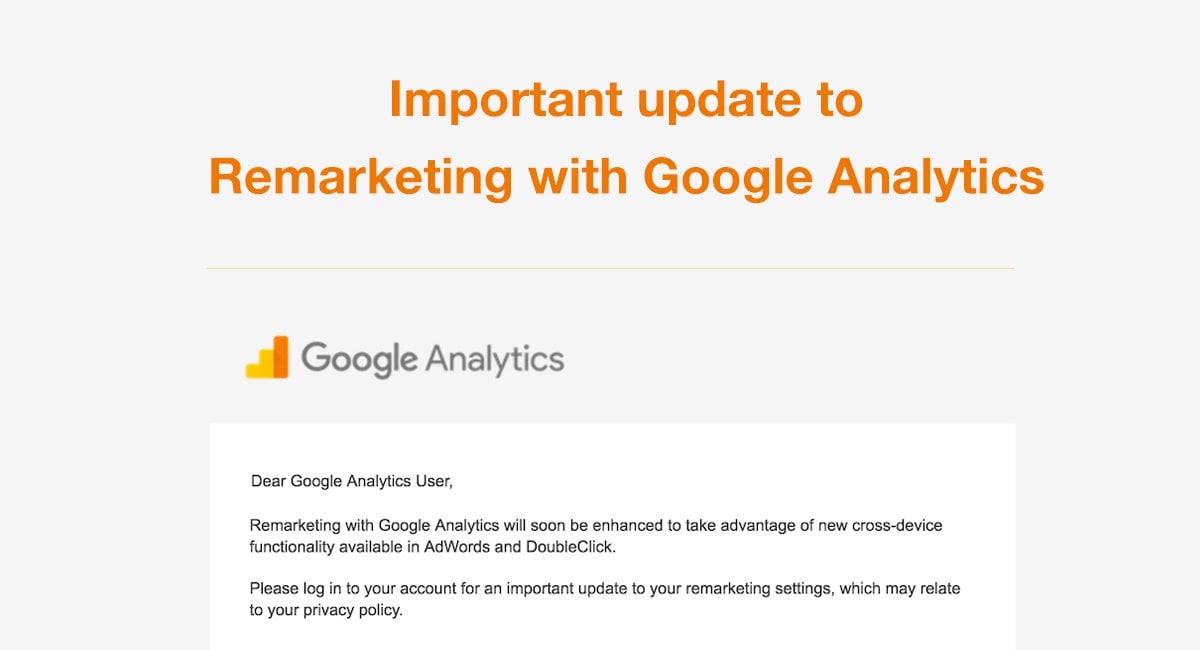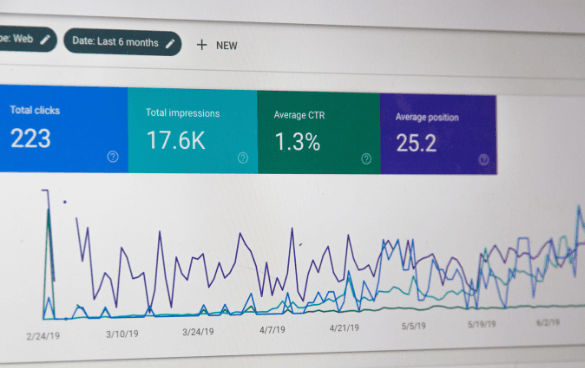Maximize Your ROI With Remarketing in Google Analytics
By using the power of individual information and customizing advertisements to certain target market sectors, businesses can dramatically amplify their conversion prices. The journey to optimizing ROI through remarketing is a nuanced path led with insights and possibilities that can improve the trajectory of your marketing undertakings.
Recognizing Remarketing in Google Analytics
Recognizing remarketing in Google Analytics is vital for optimizing your digital advertising and marketing technique. Remarketing enables you to target users who have actually previously seen your website or connected with your app, providing them with tailored advertisements as they search other websites or use other apps within the Google Present Network. This strategy assists keep your brand name top of mind and motivates individuals to return to your website, inevitably boosting the likelihood of conversion.
By using Google Analytics, you can track the efficiency of your remarketing projects, getting valuable insights right into user behavior, involvement, and conversions. This information allows you to improve your messaging, targeting, and bidding process methods to boost the total effectiveness of your projects.
In addition, understanding the various kinds of remarketing checklists readily available in Google Analytics, such as common, dynamic, and similar audiences, enables you to produce extremely segmented and tailored projects customized to certain customer sections. This level of granularity can dramatically improve the significance and effect of your remarketing efforts, ultimately maximizing your return on financial investment.
Establishing Up Remarketing Checklists
To effectively carry out remarketing projects in Google Analytics, the first action includes setting up and developing remarketing lists targeting details individual segments based on their interactions with your internet site or application. By establishing remarketing checklists, you can tailor your advertising and marketing initiatives to get to customers that have already shown passion in your products or solutions.
To begin, browse to the Admin section of your Google Analytics account and select the Property where you intend to develop the remarketing listing. Then, under the Building column, click on 'Audience Definitions' and select 'Audiences.' Next off, click the red 'New Target market' switch and select 'Develop New' to define the criteria for your remarketing checklist.

Crafting Effective Remarketing Ads

When crafting your advertisements, have a peek at these guys concentrate on producing eye-catching headings see here now and compelling visuals that attract attention to possible clients. Integrate solid calls-to-action that motivate customers to review your website and complete a preferred action. Use dynamic remarketing to show personalized advertisements including product and services that users have actually formerly seen on your site.
In addition, make sure that your ads are mobile-friendly because a significant part of internet traffic originates from smart phones. Test different ad variants to identify which designs and messages drive the best results. By constantly refining and enhancing your remarketing advertisements based on performance data, you can maximize their effectiveness and enhance your return on financial investment.
Studying Remarketing Efficiency

Through Google Analytics, online marketers can track the efficiency of their remarketing projects in real-time, permitting them to recognize fads, patterns, and areas for improvement promptly. By assessing the data, marketing professionals can identify which advertisements are executing well, which audience sectors are responding favorably, and which channels are driving the most conversions. This level of granularity makes it possible for marketers to make data-driven decisions to optimize their remarketing advocate far better results.
Enhancing ROI With Remarketing
Evaluating remarketing information in Google Analytics enables marketing professionals to identify chances for optimizing roi (ROI) via calculated adjustments - What Is “Remarketing” In Google Analytics?. To make best use of ROI with remarketing, it is essential to understand the actions of your target market. By evaluating user communications, such as the web pages they visited, the items they viewed, or the actions they took on your website, you can tailor your remarketing projects much more efficiently
Segmenting your audience based on their behavior permits you to develop personalized and targeted advertisements that are more probable to resonate with them. By showing pertinent advertisements to particular sectors of your target market, you can raise the chances of conversion and inevitably home enhance your ROI.
Moreover, evaluating various advertisement creatives, messaging, and offers can help recognize what reverberates ideal with your target market. A/B testing permits you to try out various aspects of your ads to establish what drives the highest possible involvement and conversion prices.
Conclusion
Finally, making best use of ROI with remarketing in Google Analytics needs a strategic technique to evaluating individual habits, segmenting target markets, creating customized ads, and optimizing project performance. By leveraging data-driven understandings and evaluating different techniques, services can improve their remarketing efforts to drive higher interaction and conversion prices. This methodical method makes certain that sources are efficiently alloted towards taking full advantage of returns on investment in remarketing campaigns.
Next off, click on the red 'New Audience' switch and choose 'Create New' to define the criteria for your remarketing checklist.
By constantly refining and optimizing your remarketing advertisements based on efficiency information, you can maximize their performance and boost your return on investment.
By diving into these insights, marketing professionals can acquire an extensive understanding of just how their remarketing initiatives are reverberating with their target audience and driving conversions. To make best use of ROI with remarketing, it is important to comprehend the behavior of your target market.In final thought, making the most of ROI with remarketing in Google Analytics needs a strategic strategy to evaluating user actions, segmenting target markets, producing tailored ads, and maximizing campaign performance.